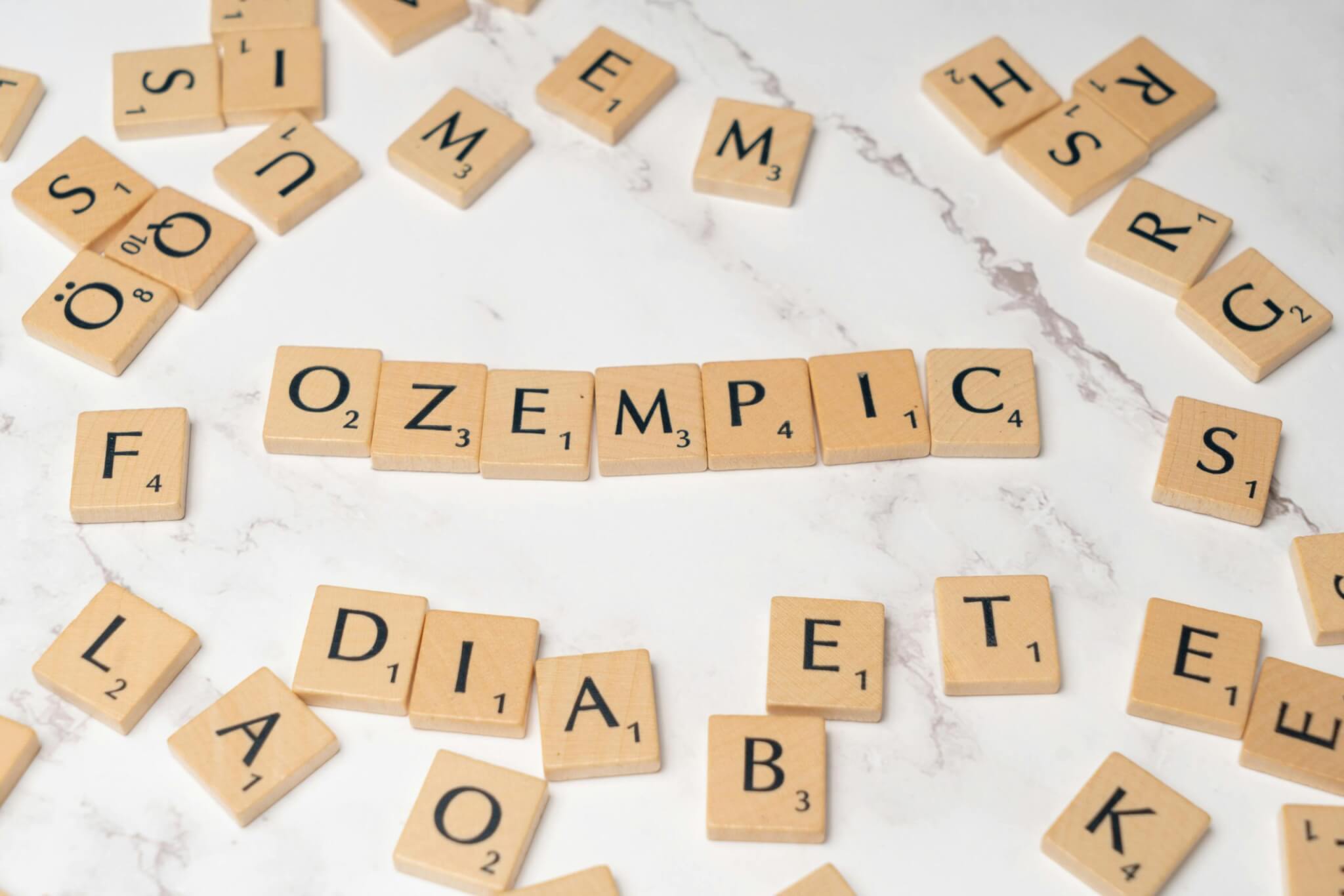With acknowledgement to Hadley Freeman
It is obvious that Ozempic is a game changer for some people and will not always have the outcomes we dread.
It was obvious anorexics would abuse Ozempic.
It is obvious that people with obesity might not find it works in the long run and that it will be like just another one of those diets that fail and do more harm.
It is obvious that people with eating disorders might flock to it to control their eating & weight because they are desperate.
So should we be against it?
The fact that slim young women are ending up in hospital shouldn’t surprise us. People with eating disorders have always turned to dangerous methods to lose weight. If not Ozempic or Wegovy, then drugs, laxatives, amphetamines and worse. And dangerous drugs have always been available online.
I am like the woman in The Exorcist, swivelling her head to try and work out which population to prioritise. In one direction I see the legions of people in large bodies and sick with it too. Really sick, dying before their time, obesity induced dementia, diabetes, blindness and cancers. They are not going to submit themselves to years of therapy with counsellors who aren’t properly trained who may not know what they are doing, who give them the wrong advice in many cases and who cannot invest in the long haul of struggling to change their relationship with food.
I see the people who are no longer need to submit themselves to the surgeon’s knife who now think that they have a viable alternative for a better life.
I swivel the other way to see the legions of eating disordered people who have found a quick fix that they think will really work to help them manage their damaged willpower / their delusional body image issues.
And to my far right, I see people with anorexia and severe bulimia who will encourage themselves to do the very behaviour that will make them worse, such as skipping meals, eating a nutritionally inadequate diet. And attaining a dangerously low weight like Sharon Osbourne.
Behind me, I see doctors who reach for the prescription pad without giving a second thought and who don’t know how a drug that suppresses appetite could come with risks.
Obesity medication is not new. Every single drug marketed for weight loss since the mid 1990s has come with serious risks. Death, Injury, Rebound weight gain, Risk of developing an eating disorder, What is new here is how successful this one appears to be. So here come the naysayers with all their gloom and doom.
On the doctors’ side, desperate for their patients to damn well PLEASE deal with their obesity, GLP-1 agonists are clearly the Ronseal of weight loss, they do what it says on the metaphorical tin. It is also possible that Ozempic etc may help with other health conditions, such as cardiovascular and kidney diseases. Who could blame the doctors for being excited, and feeling irritation with the side-line sceptics?
On the side of the nay-sayers including well-meaning eating disorder activists; there’s plenty of evidence that eating disorder sufferers, including young men with eating disorders, are buying GLP-1 drugs privately from online pharmacies, which don’t require in-person consultations. Many then suffer organ damage and require hospital admission. Stephen Powis, NHS England’s medical director, said the drugs should not be seen as a “quick fix for people trying to get ‘beach body ready”. Another doctor said’. “They’re really dangerous drugs. It isn’t people who need these drugs that are doing this. This is people with an element of eating disorder and body dysmorphia. At some point we’re going to have a death.”
That people who don’t need semaglutide are injecting it will not surprise anyone who has looked at certain celebrities recently. Sharon Osbourne, now a wraith-like seven stone, is one of the few who have admitted they went too far using Ozempic.
Osbourne stopped when she realised she was too thin. Others won’t, and those people have eating disorders. Yet as I have pointed out, anorexics and bulimics have long been outwitting doctors and abusing weight loss medication, because an eating disorder is not a diet gone wrong; it’s a desire for self-erasure, a slow but effective suicide.
I have heard endless stories about people who take so many laxative prescriptions from so many doctors that they destroyed her own colon and digestive tract. The American singer Karen Carpenter used a fake name to get thyroid medication to speed up her metabolism, and this, alongside her abuse of laxatives and emetics, caused her to go into cardiac arrest at the age of 32. Of all the mental illnesses, anorexia has the highest rate of mortality, often from organ failure.
Doctors will say that the problem lies with unscrupulous private practices. Eating disorder activists will say that the problem lies with using a drug that is no substitute for psychotherapy. That the drug will make things worse. Maybe, all that is true. But it’s also true that unhappy humans have an incredible capacity to take something beneficial and turn it into a weapon of self-destruction. Food, for example, Once it was simply a supplier of energy. Now it has become a source of illness, with too many of us overeating, or undereating, our way to an early death. This doesn’t mean that food in itself is bad; just that human nature is what it is, and it is delusional to not at least acknowledge this.
I cannot in good faith argue against GLP-1 agonists. People tell me that at the least it shuts off the “food noise” that used to stalk them day by day. No one would argue that laxatives and thyroid medication shouldn’t exist. But there is now, especially in the decades since Carpenter’s death, an awareness that caution is needed in prescribing them.
Some people cannot be trusted with these medications and doctors should at the least send people for an in-depth assessment before reaching for the prescription pad. The wealthy and the emotionally damaged will always find a way around such rules, it’s absurd they weren’t in place from the start, given the sensitivity these days about eating disorders. However, controlling what people get access to online extends far beyond weight loss pills.
Paul Simon said these are the days of miracle and wonder; and it is a genuine miracle that so many people who had resigned themselves to lifelong obesity or type 2 diabetes now have hope. In good faith, I cannot deny people that hope and I can say that as I turn my head to look at different populations- Ozempic is both a good thing for some and a bad thing for others, and let the buyer beware.
See all of our blog posts here










